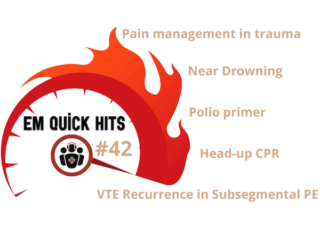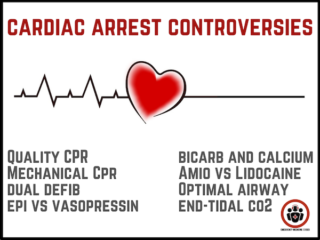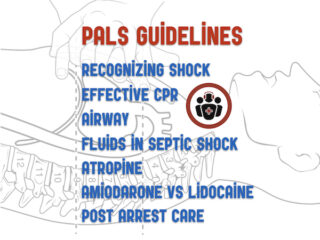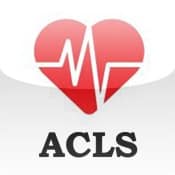EM Quick Hits 42 – Subsegmental PE, Trauma Analgesia, Drowning, Polio, Head-up CPR
In this EM Quick Hits podcast: Salim Rezaie on venous thromboembolism recurrence in subsegmental pulmonary embolism, Andrew Petrosoniak on pain management in the polytrauma, Nour Khatib on a rural EM case on management of near-drowning patient, Sara Reid delivers a polio primer, Anand Swaminathan on head-up CPR...










